László Moholy-Nagy Special Effect for “Things to Come” 1936 Gelatin silver print. 15 3/4 x 11 1/2 in. (40 x 29.2 cm) Signed and titled in pencil on the verso.
Provenance Collection of Otto Eisler Czech Republic Sotheby's, London, 4 May 2000, lot 168 Catalogue Essay Soon after the Nazis came to power in 1933, László Moholy-Nagy and his family sought refuge first in Amsterdam and then in London, where he re-united with his former Bauhaus colleagues Walter Gropius and Marcel Breuer Upon his arrival, the three tried to start a new school based on the principles of the Bauhaus, but were unsuccessful. Moholy-Nagy did find opportunities in film, photography, and design, however, during his brief stay in England from 1936 to 1937. The image offered here comprised one of the special effects devised by Moholy-Nagy for the 1936 British sci-fi classic Things To Come, based on an eerily prescient novel by H. G. Wells. The director was William Cameron Menzies and the producer Alexander Korda. Aware of Moholy-Nagy’s recent advances in avant-garde filmmaking, the Hungarian set designer Vincent Korda, brother of the producer, asked Moholy-Nagy to join the movie’s production team. According to his wife Sibyl, “Moholy accepted the task mainly because it offered an almost unlimited chance for experimentation with new plastic materials . . . There were no walls, but a skeleton of steel, screened with glass and plastic sheets. The accent was on perforation and contour, an indication of the new reality rather than reality itself” (Moholy-Nagy: Experiment in Totality, p. 129). Building on the ideas of his radical abstract film Lightplay: Black White Grey, 1930, Moholy-Nagy created a set of revolving cones and filmed it through multiplying prisms to show the construction of the new Everytown in the film’s most futuristic sequence, set in 2036. Later Moholy-Nagy wrote in his Vision and Motion that his set design created “ . . . so rich a visual result that the editors of the film did not dare to use it” (p. 267). Because most of Moholy-Nagy’s effects were cut during the final edit, we have until recently known little of what they showed. The scene in which a man in a futuristic suit and helmet, however, seen through corrugated glass, survived as part of the film, and stills of this image were subsequently used in brochures for the New Bauhaus in Chicago. The rare early print offered here comes from a collection of photographs that were acquired by Moholy-Nagy’s friend, the Czech modern architect Otto Eisler Read More
László Moholy-Nagy Special Effect for “Things to Come” 1936 Gelatin silver print. 15 3/4 x 11 1/2 in. (40 x 29.2 cm) Signed and titled in pencil on the verso.
Provenance Collection of Otto Eisler Czech Republic Sotheby's, London, 4 May 2000, lot 168 Catalogue Essay Soon after the Nazis came to power in 1933, László Moholy-Nagy and his family sought refuge first in Amsterdam and then in London, where he re-united with his former Bauhaus colleagues Walter Gropius and Marcel Breuer Upon his arrival, the three tried to start a new school based on the principles of the Bauhaus, but were unsuccessful. Moholy-Nagy did find opportunities in film, photography, and design, however, during his brief stay in England from 1936 to 1937. The image offered here comprised one of the special effects devised by Moholy-Nagy for the 1936 British sci-fi classic Things To Come, based on an eerily prescient novel by H. G. Wells. The director was William Cameron Menzies and the producer Alexander Korda. Aware of Moholy-Nagy’s recent advances in avant-garde filmmaking, the Hungarian set designer Vincent Korda, brother of the producer, asked Moholy-Nagy to join the movie’s production team. According to his wife Sibyl, “Moholy accepted the task mainly because it offered an almost unlimited chance for experimentation with new plastic materials . . . There were no walls, but a skeleton of steel, screened with glass and plastic sheets. The accent was on perforation and contour, an indication of the new reality rather than reality itself” (Moholy-Nagy: Experiment in Totality, p. 129). Building on the ideas of his radical abstract film Lightplay: Black White Grey, 1930, Moholy-Nagy created a set of revolving cones and filmed it through multiplying prisms to show the construction of the new Everytown in the film’s most futuristic sequence, set in 2036. Later Moholy-Nagy wrote in his Vision and Motion that his set design created “ . . . so rich a visual result that the editors of the film did not dare to use it” (p. 267). Because most of Moholy-Nagy’s effects were cut during the final edit, we have until recently known little of what they showed. The scene in which a man in a futuristic suit and helmet, however, seen through corrugated glass, survived as part of the film, and stills of this image were subsequently used in brochures for the New Bauhaus in Chicago. The rare early print offered here comes from a collection of photographs that were acquired by Moholy-Nagy’s friend, the Czech modern architect Otto Eisler Read More
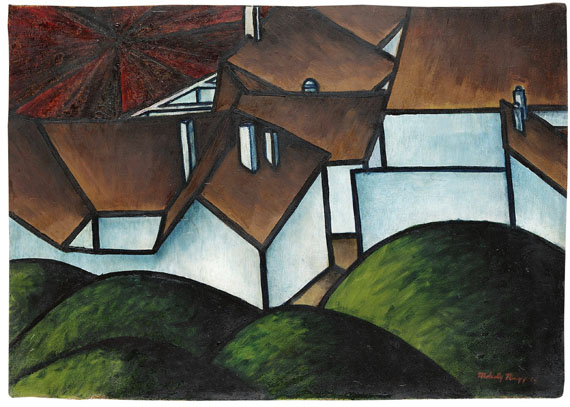
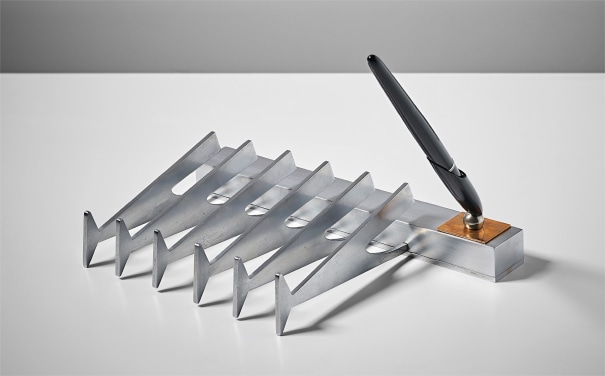
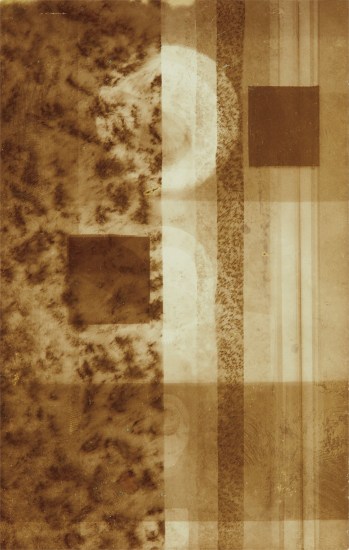

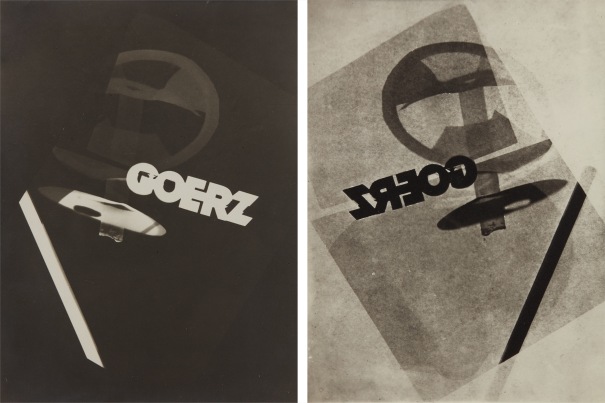

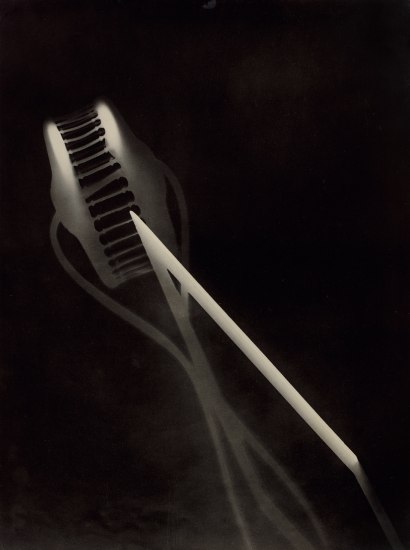

.jpg)
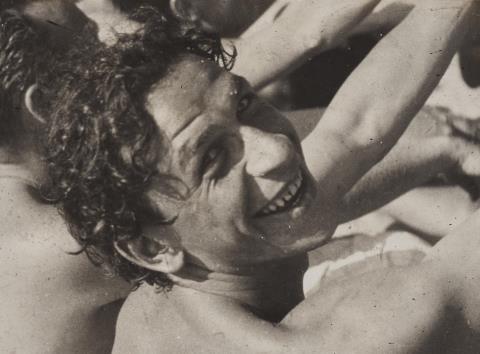


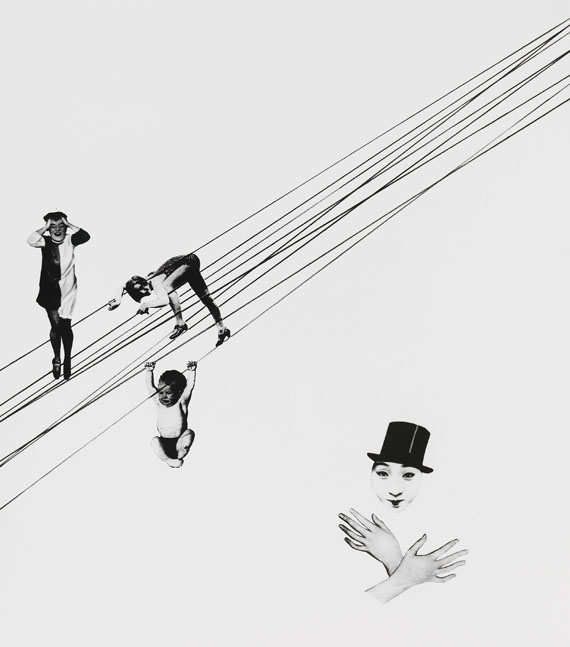
Testen Sie LotSearch und seine Premium-Features 7 Tage - ohne Kosten!
Lassen Sie sich automatisch über neue Objekte in kommenden Auktionen benachrichtigen.
Suchauftrag anlegen